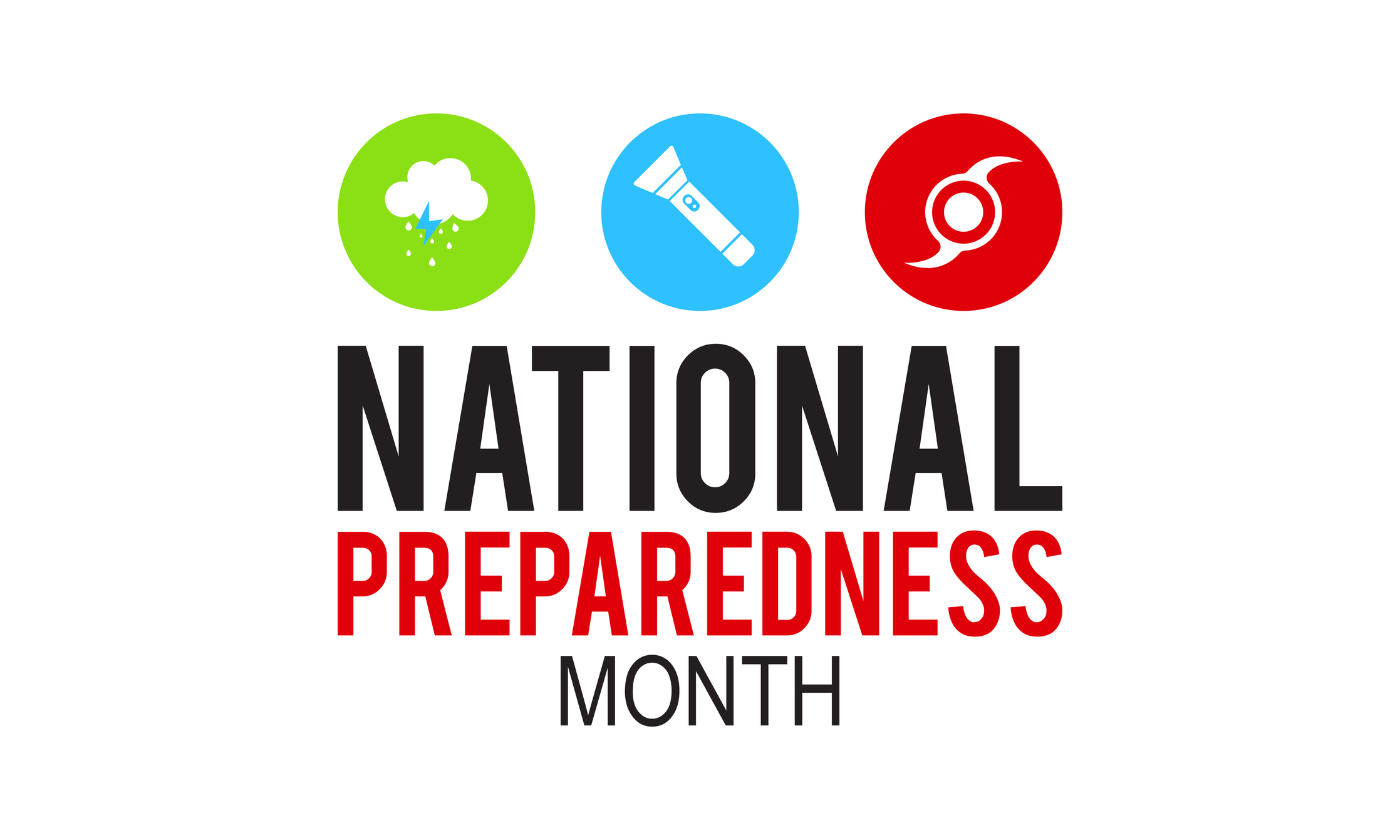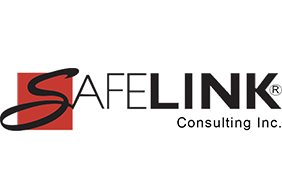The National Safety Council and the U.S. government recognize September as the official National Preparedness Month in the heart of Hurricane season. If you don’t live in a hurricane affected area don’t worry, we’ll inform you of several other possible emergencies that could affect your workplace as well, and how you can get started preparing for them. So, first things first, are you prepared to protect your business and employees from unforeseen environmental and workplace emergencies?
The most common workplace emergencies include fires, workplace violence, and environmental disasters such as tornadoes, hurricanes, earthquakes, wildfires, and winter weather. According to OSHA, an emergency preparedness plan starts with knowing the different risks to your workplace, but also making sure you know the procedures in place to keep you safe. Business owners and employees can work together to perform a risk assessment of their workplace and devise a plan to respond to emergencies. Workplace emergency preparedness starts with understanding the different types of emergencies that could happen, and how it will affect you. Your best defense in an emergency is developing an effective emergency preparedness plan and communicating it frequently with your staff.
Environmental Disasters
Environmental disasters can strike at any moment. Depending on your location, tornadoes, hurricanes, earthquakes, wildfires, and extreme winter weather are major environmental disasters that occur every year in the U.S. Regular assessments of your specific fire hazards, evacuation procedures, and fire detection and notification systems will help you prepare for these unforeseen disasters. Training your employees on how to respond will help ensure you are prepared for these emergencies.
Get a free Emergency Action Plan Checklist for your business.
Tips to remember when planning:
• Identify different types of alarms in your building
• Make an evacuation route for all areas in your facility
• Discuss physical limitations of employees that require special attention during evacuation procedures
• Designate a post-evacuation assembly area for employees outside the premises
• Consider customers/patients who may need assistance evacuating
• Actively participate in frequent fire drills with employees
Workplace Violence
Workplace violence is a concern facing the workforce every day. Research conducted by The National Safety Council in 2019 found that workplace assaults resulted in 453 fatalities and 20,870 injuries and illnesses involving days lost from work. The CDC reported that between 2007 and 2015, eight workplace crimes were reported for every one-thousand workers. Workplace Violence is on the decline in recent years, but presents some of the most significant risks compared to all other emergencies. This type of emergency is very difficult to prepare for as the possibilities of who is committing the violence, when it occurs, and where it takes place are often varied. Things to consider:
• Past/present employees can become threatening due to work relationships
• Maintain a workplace that minimizes hostility, isolation, and resentment
• Educate employees on evacuation and shelter-in-place procedures
• Be aware of employee conduct issues that may be red flags
• Communicate procedures for notifying police
Securing Workplace for Employee Safety
Tips for Fires and Workplace Violence/Active Shooter incidents
In case of a Fire:
• Always take fire drills seriously
• Be aware of different alarm tones
• Memorize the closest exit routes ad designated assembly areas
• Don’t use elevators during a fire
• Leave your personal possessions behind
• Get out of the building as quickly and calmly as possible
• Use Fire Extinguishers to contain a small fire only
In case of Active Shooter:
• Flee as quickly as possible
• Help others on your way out
• Do not meet at the designated assembly areas in case the shooter is informed of that location
• If you cannot flee, shelter in place with doors locked and barricaded with lights off
• Turn off cell phones
• Call 911
Workplace Emergency Action Plan - How Prepared Are You?
If you have any questions about completing an emergency preparedness plan for your business or if you have an emergency response program that you would like us to review for you, contact us now! We specialize in Health and Safety as well as FDA Quality consulting for General Industry, Beverage Industry, as well as Dental Labs and Dental Practices.
Our goal at SafeLink Consulting is to help our clients meet the standards set out by OSHA and also state OSHA plans. We are available to provide businesses with assistance in the development of the programs that are required for compliance and the safety of their employees. If you need assistance, please contact SafeLink Consulting.
Learn more about OSHA's COVID-19 Emergency Temporary Standard.
Learn more about what SafeLink Consulting can do to help your business with compliance services, including safety compliance, to meet OSHA training requirements and quality system consulting to meet FDA compliance. SafeLink Consulting assists businesses with workplace safety training, infection control training, HIPAA training online, quality systems, assessments, audits, due diligence, and more.
Industries include:
Dentistry compliance - assisting the dental practice with meeting requirements for OSHA, HIPAA, EPA, and CDC guidelines, patient safety and employee health & safety
Dental Laboratory compliance - assisting the dental lab with meeting requirements for OSHA, FDA, and CDC guidelines, employee health & safety, plus FDA requirements for lab manufacturing custom implant abutment /gmp for medical device manufacturers
Medical Device Manufacturers compliance - assisting with meeting OSHA compliance & FDA requirements, GMP - good manufacturing practices
General Industry compliance - assisting with OSHA compliance and FDA compliance as it pertains to the specific business
Beverage Industry compliance - assisting beverage businesses such as the craft brewery, winery, cidery, distillery, vintner with meeting OSHA compliance, health & safety, FDA requirements / GMP - Good Manufacturing Practices.
Get notification when new regulatory compliance training courses are added plus upcoming events by subscribing to our email news.






Leave Comment